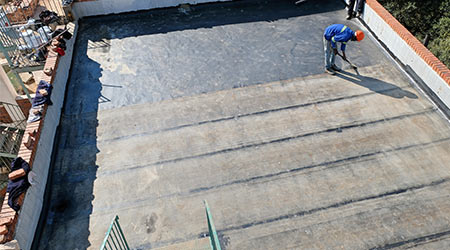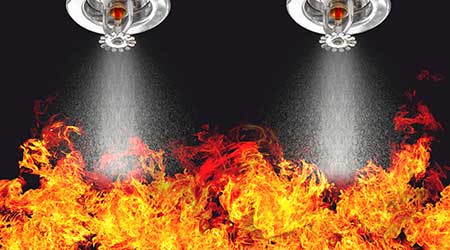
Tips for Improved Facilities Team Performance
April 12, 2018
Improving the way a facilities organization functions draws a lot from psychology. Recently, at NFMT in Baltimore, David Auton, senior director of reliability engineering, C& W Services, discussed how to understand the operation of a maintenance organization in the context of "a complex system of people and machines with needs and desires."
His presentation, Putting the Fun Back in Functional Processes, was based on System Thinking approaches to problem solving. Here are some tips from his presentation.
— What are the "rules of thumb" driving behavior in your organization? A rule of thumb is basically a habit that is based on the beliefs in play at the organization, which might not always match up with the goals of the organization. For example, Auton mentioned that a rule of thumb might be that work must be completed by the end of the day. Therefore, the work will be done in a manner that will allow it to be marked as "completed," even if it is not the best work.
— When going out to service a piece of equipment on an emergency basis, take a moment to evaluate if you're going to need to be back out before the next PM is scheduled. If yes, then you're not done, says Auton. Open another work order if needed to track the extra work. But fixing only what the work order requested without also fixing the other problem you can plainly see is just shooting yourself in the foot.
— Record near-misses with as much rigor as actual incidents. Often this is not done because the reporting structure for incident reports is really cumbersome. However, near-misses do not require the same level of documentation an actual incident requires. Auton recommends creating a simple process that can easily track the incidence of near-misses. At a weekly staff meeting, simply ask if anyone had a near miss — a wobble while on a ladder, for example. It will provide more useful data for evaluating processes than going only off of actual incidents.
— Avoid "satisficing." Effort cannot stop when a goal is reached. "Make the target beyond the goal," says Auton. Don't set a target that is arbitrarily low.
This Quick Read was submitted by Naomi Millán, senior editor, Building Operating Management. If you missed NFMT in Baltimore this year, you can still attend NFMT Vegas in the fall. Or join NFMTInsider for access to videos of sessions at NFMT.
Next
Read next on FacilitiesNet












